How are today’s Ironman athletes running so fast?
As this year's Ironman World Championship proved, the best triathletes only continue to get faster, and it doesn’t look like that’ll change any time soon
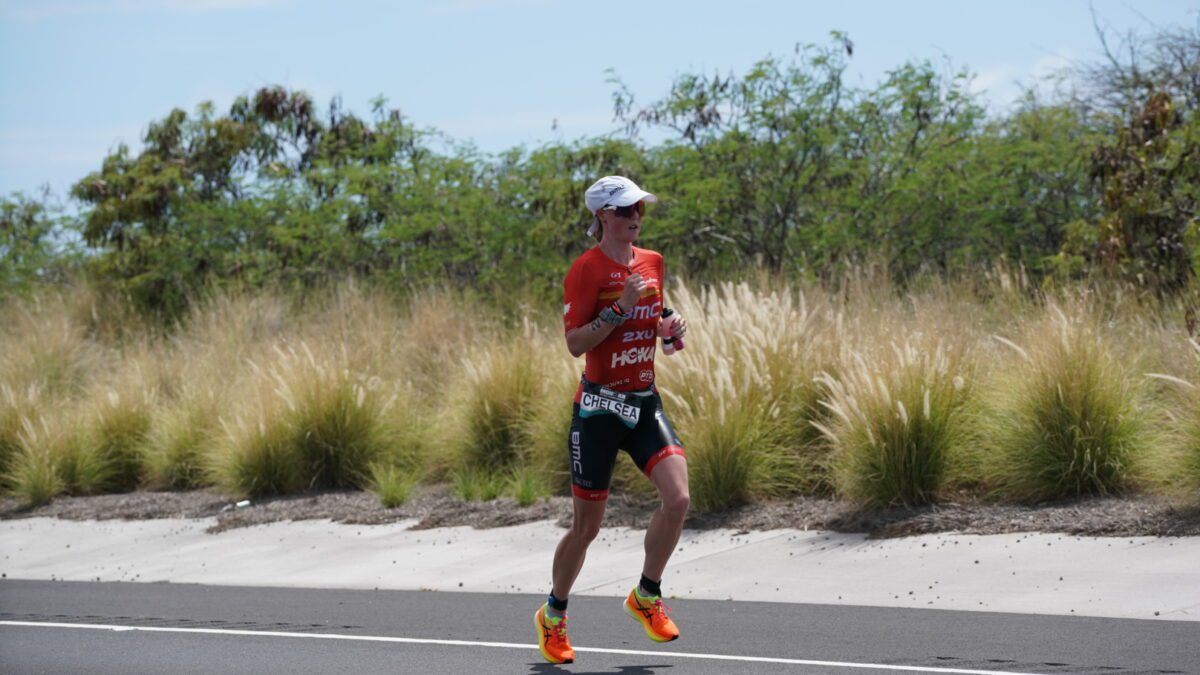 Photo by:
Kevin Mackinnon
Photo by:
Kevin Mackinnon
Whether it’s due to shoe technology, training methods, advances in sport science or a mix of all those factors, runners are getting faster. In the past three years alone, we have seen world records from both men and women at almost every distance from the 5 km to the marathon. Triathletes have also evolved on the run course in recent years — a fact that was made obvious at this year’s Ironman World Championship after Chelsea Sodaro (pictured above on her way to the Kona title) and Gustav Iden used blazing-fast run splits to blast to the world titles.
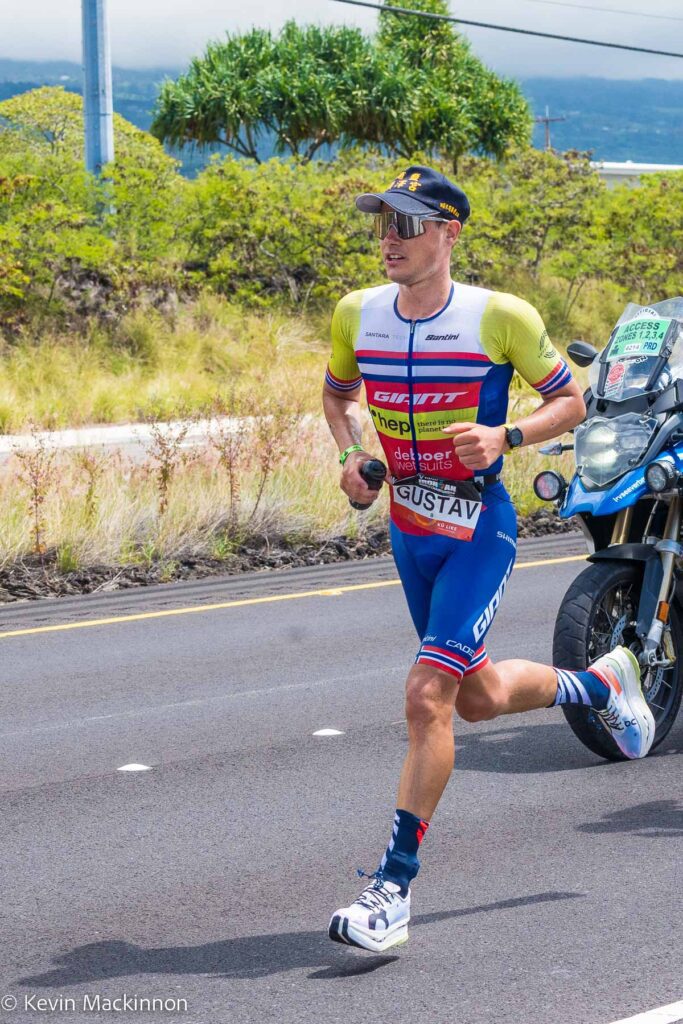
Kona 2022
No one has ever run as quickly in Kona as Iden did this past October, and very few women have run faster than Sodaro. Iden’s 2:36:15 marathon took a whopping three and a half minutes off Patrick Lange’s 2016 run course record of 2:39:45. When he got off the bike, France’s Sam Laidlow was ahead of him by six minutes and 25 seconds. Even for a stellar runner like Iden, that’s a big deficit to overcome if the athlete in the lead runs well (which Laidlow, finishing the day with a 2:44:40 marathon). With such a massive gap to overcome, Iden got to work immediately and began chipping away at Laidlow’s lead.
After 10 km, the lead was down to just over four minutes. At the halfway point, it was around three. At 30 km, Iden was just two minutes back, and then, just three kilometres later, the gap was only a minute. At one point over a stretch of 1,200 metres, Iden gained an amazing 36 seconds on the Frenchman who, it should be noted once again, was not running slowly by any means. At around 36 km, Iden caught and passed Laidlow, and from there, the win was his. He crossed the line in 7:40:24 (a time that smashed Jan Frodeno’s previous course record of 7:51:13), two full minutes ahead of Laidlow, whom he had passed only six kilometres earlier.
Sodaro didn’t set any records in Kona, but that didn’t make her marathon any less spectacular. She left T2 in fourth place, three minutes and 21 seconds behind then-leader Daniela Ryf. Lucy Charles-Barclay passed Ryf early on in the run, and it looked like she would finally take the win in Kona. If not for Sodaro, that would have been the case.
Sodaro set off at a blistering pace, and it seemed like it was only a matter of time until this misguided decision would catch up with her and she would begin to fade. Sodaro herself even said that she thought the pace was too quick, but she couldn’t convince her legs to slow down.
“I kept trying to slow down the first 10 km,” Sodaro said after the race. “My coach told me to go out at 3:55 per kilometre pace. I did not follow that direction very well.” She caught Charles-Barclay in just 12 km, and for the following three quarters of the marathon, she extended her lead over the field. She crossed the line in 8:33:46, almost eight minutes ahead of Charles-Barclay.
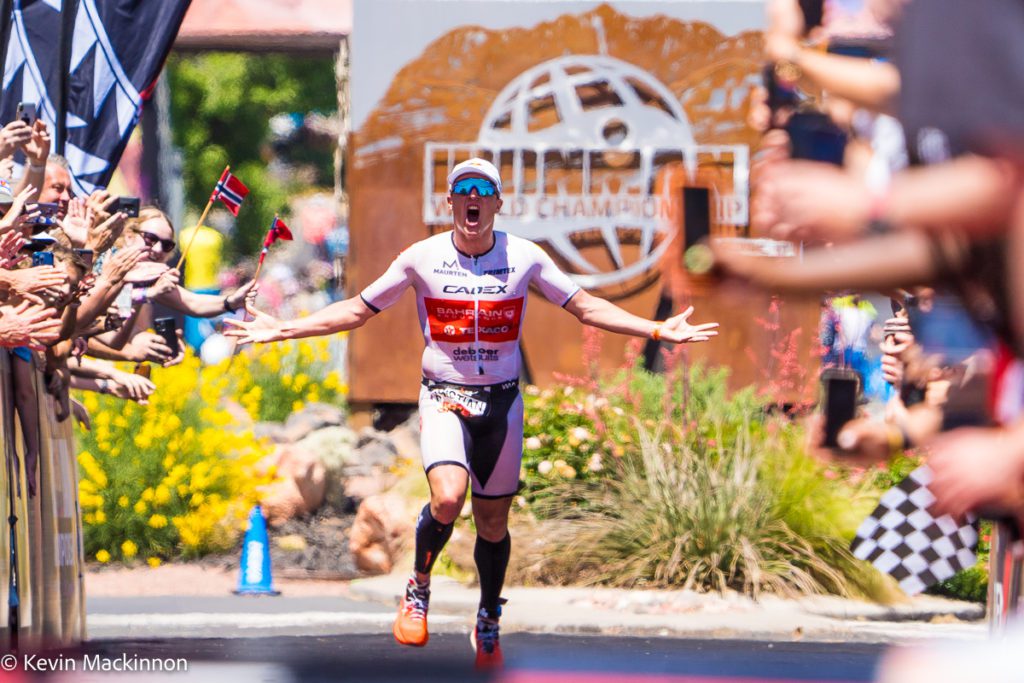
Only getting faster
Just like in Kona, Ironman run times are getting faster around the globe. Kristian Blummenfelt, Iden’s fellow Norwegian, is one of the best runners on the Ironman circuit these days. In 2021, he won Ironman Cozumel, his first race of this distance. He obliterated the field with an incredible overall time of 7:21:12, a result that included a 2:35:24 marathon. A few months later, he was in St. George, Utah, for the 2021 Ironman World Championship. He took the win there, too, anchored by a 2:38:01 run split.
A month after his maiden Ironman world title, Blummenfelt appeared in Germany for the Sub7 Project, a test event created to see if a man could break the seven-hour barrier in a full-distance race. Blummenfelt did just that, stopping the clock in an amazing 6:44:25. Once again, his time was made possible in part by a tremendous run leg, this time with a time of 2:30:50.
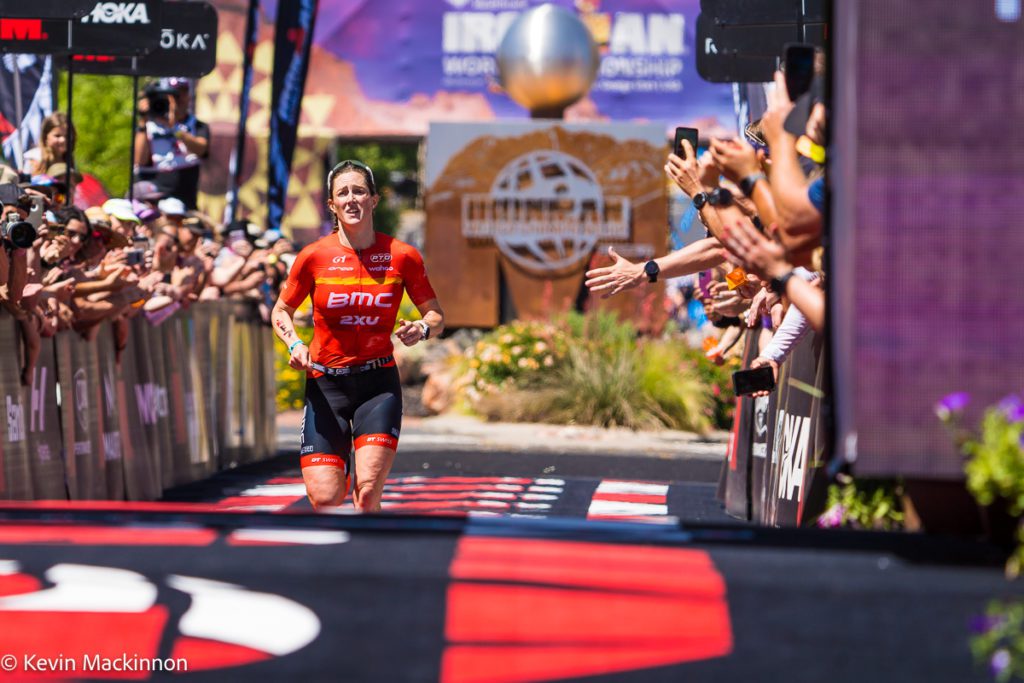
A women’s test event, dubbed the Sub8 Project, also ran in Germany, and Great Britain’s Kat Matthews joined Blummenfelt in his record-breaking ways as she smashed the eight-hour barrier with a time of 7:31:54. She ran an amazing time of 2:46:09 for the marathon.
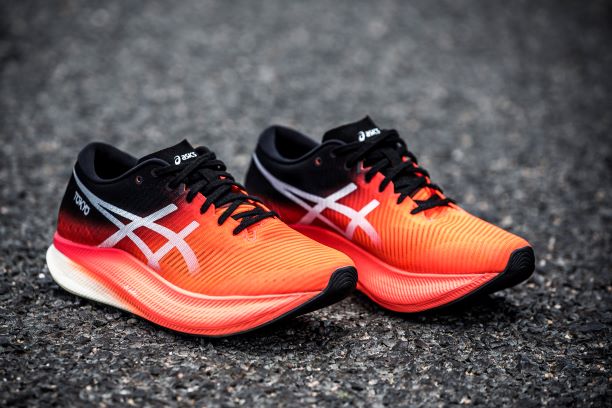
It’s all in the shoes
No matter where you look in the sport, athletes are getting faster on the run. But the question still remains: why? So many triathletes are data-driven these days. They take every metric into account and apply it to training and racing. That’s certainly a reason for the faster speeds we’re seeing. Then there’s a psychological aspect to be considered.
When Roger Bannister broke the four-minute mile, he proved it was possible, and since then, hundreds of runners have done so. We could be seeing a similar phenomenon in triathlon. When triathletes like Blummenfelt and Matthews break records, it shows their rivals that such times are achievable.
The list of potential reasons for faster run times can go on for a while, but one undeniable factor is shoe technology. When Nike released the Vaporfly in 2017, the shoe game changed forever. The Vaporfly featured a carbon plate in its midsole, and it became the shoe that propelled Eliud Kipchoge to a 2:00:25 marathon (he eventually ran 1:59:40 in another Nike carbon-plated shoe).
Since then, every major shoe brand has come out with at least one carbon-plated shoe, and because of this, athletes all over the world have seen their times drop. World records that seemed unbeatable have been shattered thanks to carbon shoes, and the times have only continued to quicken as the technology is improved.
This year’s races in Kona were amazing, and the athletes produced jaw-dropping performances, but this is just the beginning. Iden’s 2:36:15 run course record and Mirinda Carfrae’s 2:50:26 Kona marathon best aren’t safe — nor are any other running barriers triathletes have in mind. There is a new era of running in Kona, and it’s going to be a fun one to watch.
This story originally appeared in the November issue of Triathlon Magazine
